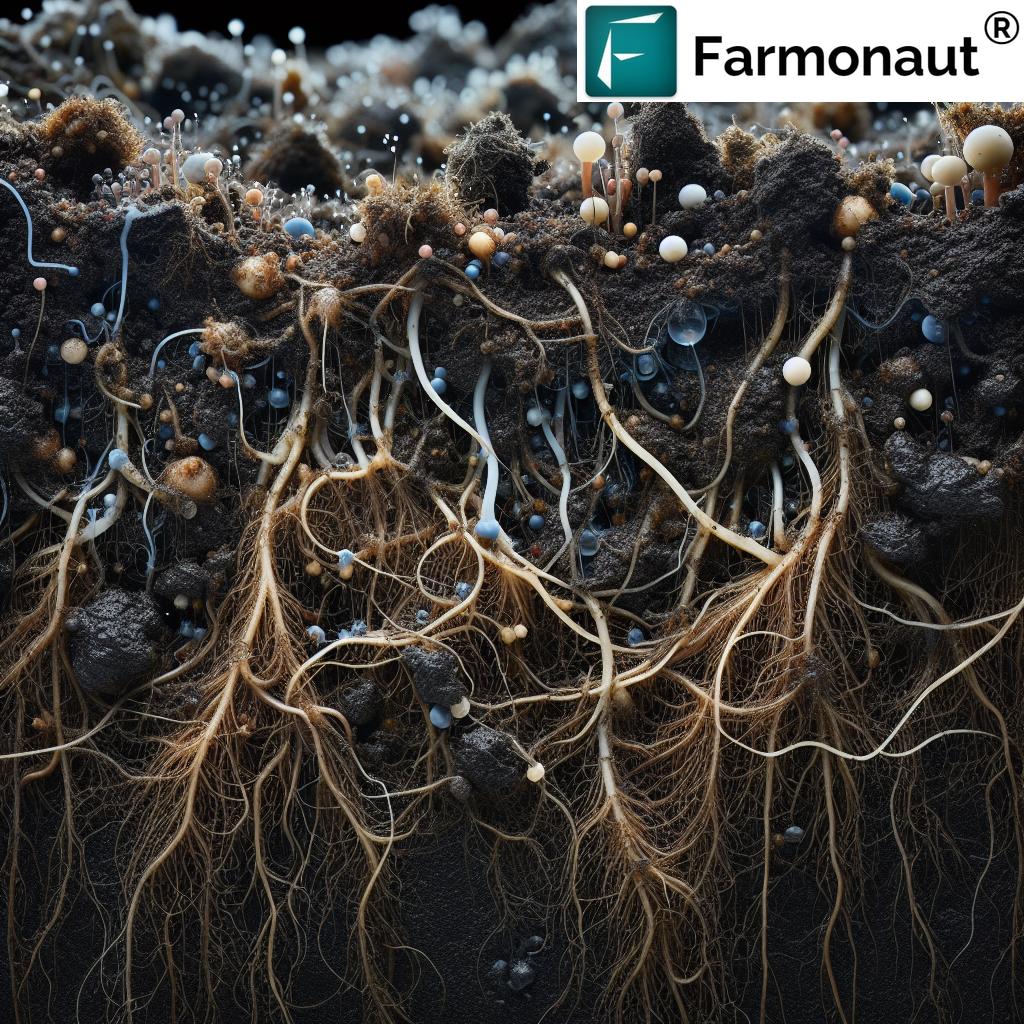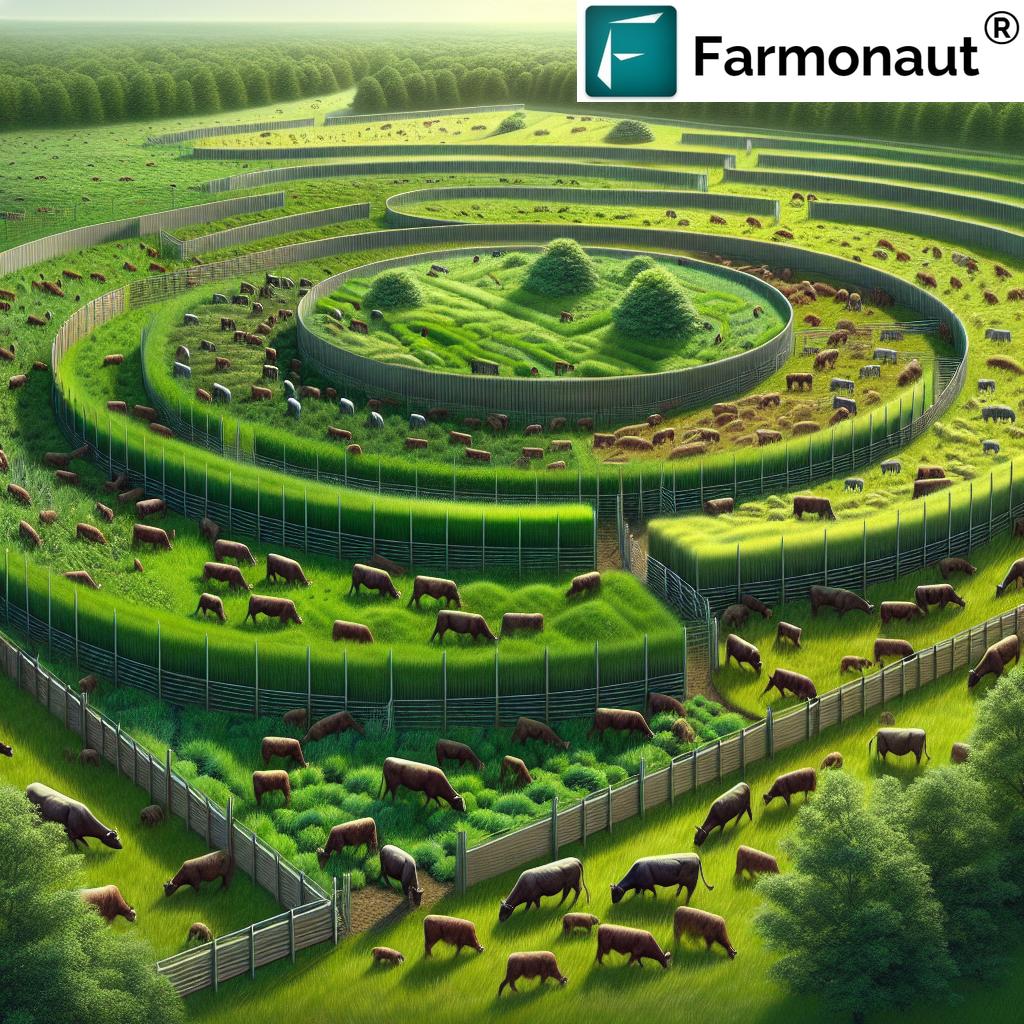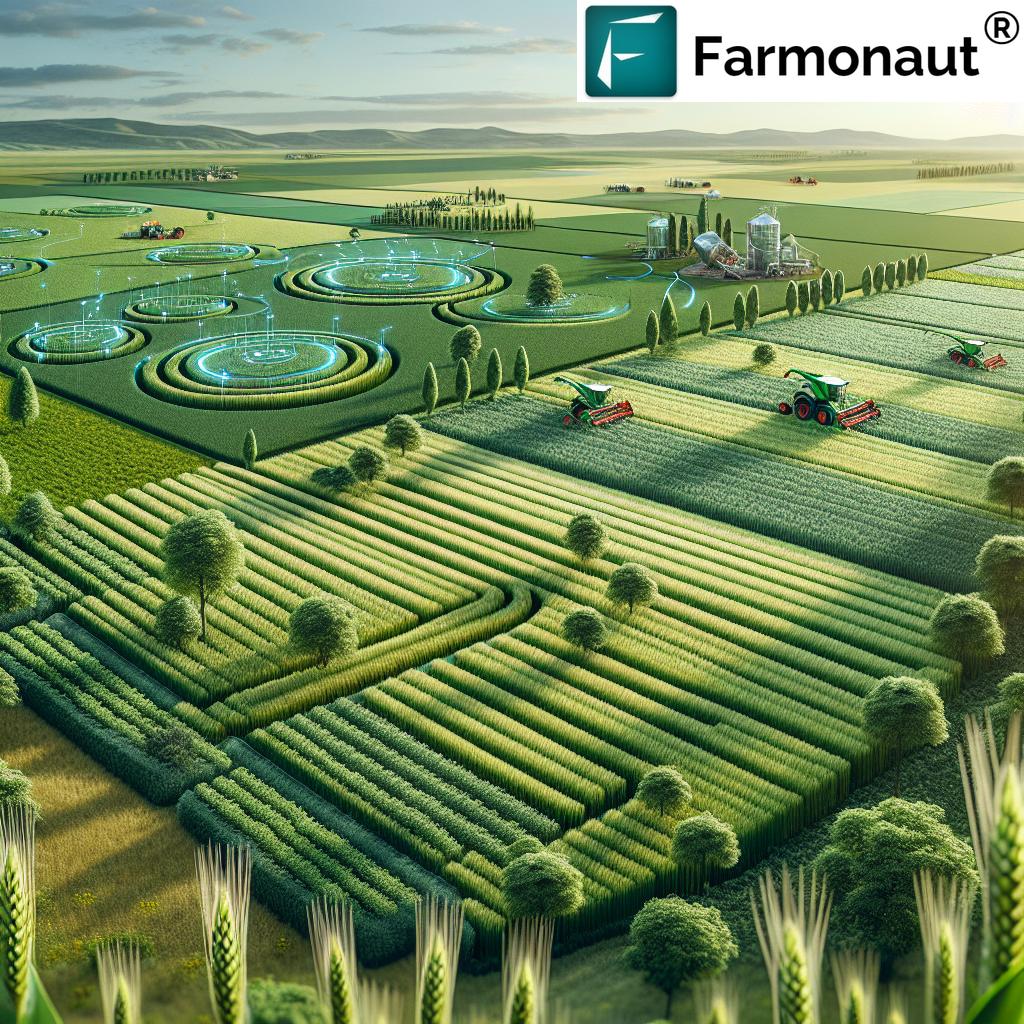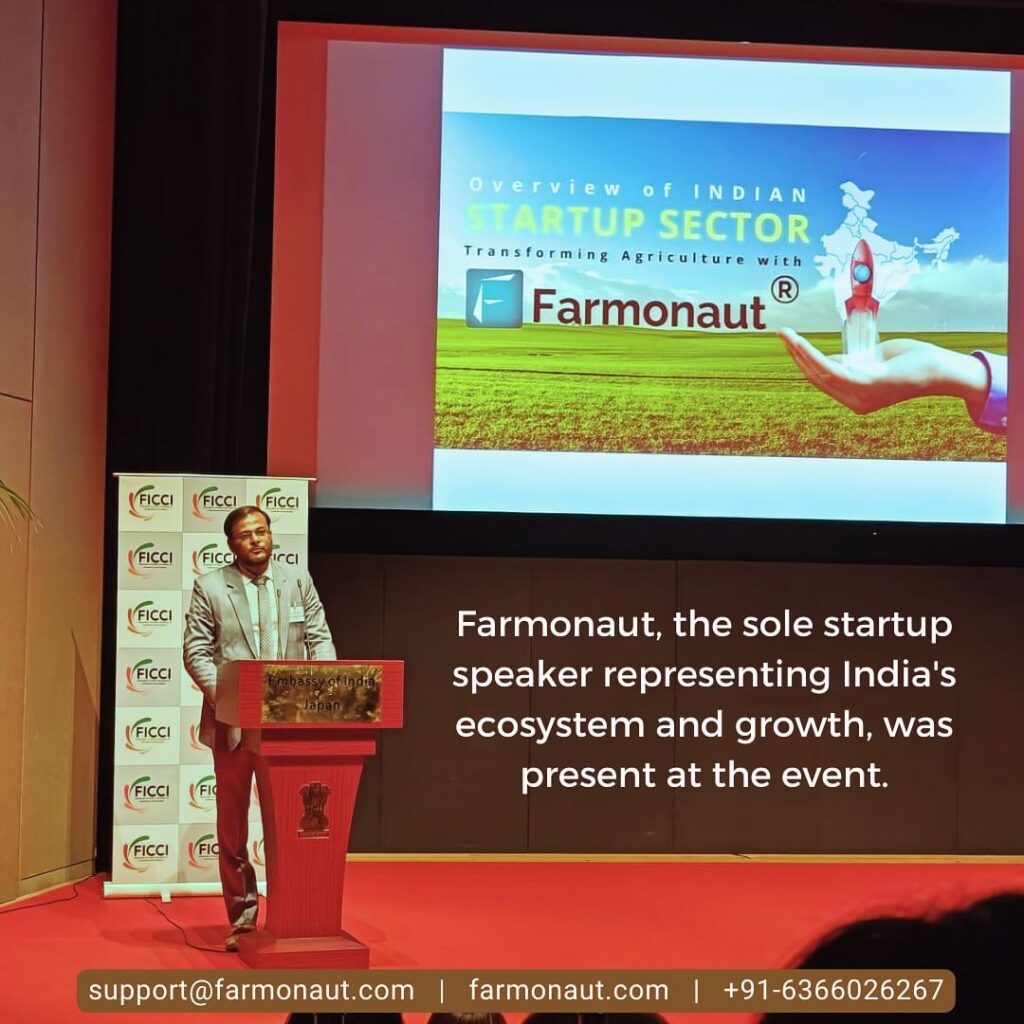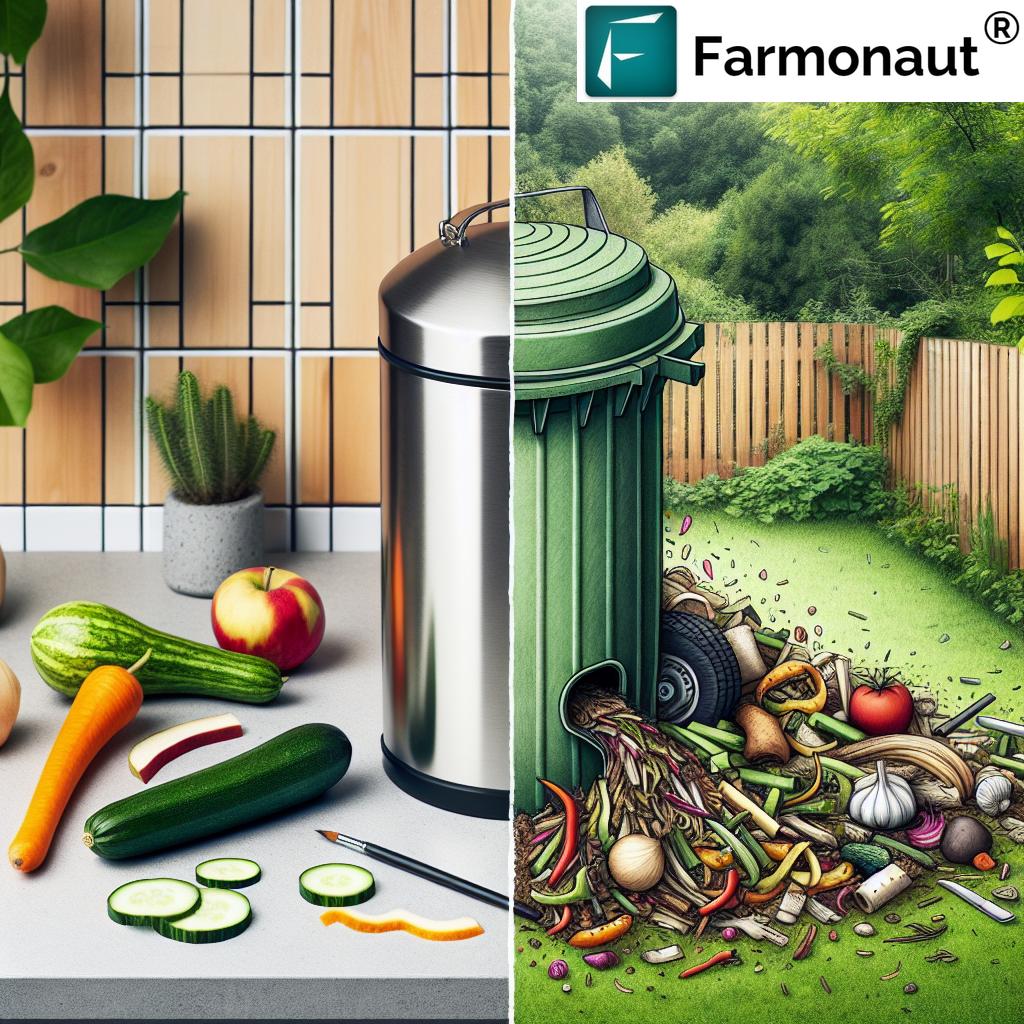Cover Crops: 7 Powerful Benefits for Sustainable Soil Health
Introduction: What Are Cover Crops?
At the heart of sustainable farming practices lies a simple yet transformative tool: cover crops. These are not plants grown for direct harvest, but rather species strategically cultivated between or alongside main crop cycles to safeguard and enrich the soil. By covering the soil during periods when fields would otherwise lay fallow, cover crops act as living shields against depletion, erosion, and a host of agricultural challenges.
As passionate stewards of the land, we recognize the urgent need to foster resilient, productive, and environmental-friendly agricultural systems. Investing in cover crops empowers us to build healthier soils, optimize nutrient management, and unlock the full potential of our farmlands for generations to come.
“Cover crops can reduce soil erosion by up to 90%, significantly preserving topsoil and promoting sustainable farming.”
Overview: Why Focus on Soil Health Improvement?
Soil health improvement is the cornerstone of any successful, sustainable, and profitable agricultural system. Healthy soils are biologically active, structurally sound, and rich in organic matter, empowering us to achieve higher yields, support crop growth during tough conditions, and reduce our reliance on costly agricultural inputs.
Unfortunately, intensive farming practices, frequent tillage, and monoculture have degraded soils in many regions worldwide, leading to erosion, nutrient depletion, and declining productivity. Cover crops offer a biological, regenerative solution to this challenge, providing a suite of advantages that extend from soil erosion control to enhanced climate resilience in agriculture.
The 7 Powerful Benefits of Cover Crops
Let’s delve into the core ways cover crops enhance soil health, increase productivity, and create more resilient agricultural systems worldwide.
1. Soil Erosion Control
One of the most significant advantages of cover crops is their capability in preventing soil erosion. When main crops are not in the ground—such as after harvest, or between growing seasons—fields are especially vulnerable to the impact of rainfall and wind. Without crops to form a protective cover, precious topsoil can be lost, carrying away the fertility built up over countless seasons.
- Root systems of cover crops actively stabilize the soil.
- They reduce surface water runoff by absorbing rainfall efficiently.
- Living plant material and residues shield the ground against strong winds.
By adopting covering crops, we can preserve soil integrity, reduce sediment loss, and keep our lands more productive year after year. According to USDA Climate Hubs, cover crops have been shown to reduce soil erosion by as much as 90%—a remarkable achievement in sustainable farming.
Through soil erosion control, cover crops are not just maintaining our fields—they are safeguarding our future.
2. Enhancement of Soil Structure & Organic Matter in Soil
Healthy soils depend on strong soil structure and rich organic matter. The growth and eventual decomposition of cover crops play a critical role in both:
- Roots penetrate and loosen compacted soil, improving its porosity and infiltration capacity.
- As cover crops die or are tilled in, they decompose, increasing soil organic matter (SOM) levels by 15-30% over several seasons.
- Higher SOM translates to better water retention, healthier microbial activity, and a nutrient-rich environment for cash crops.
By using cover crops like clover, vetch, or rye, we actively rejuvenate our soils, making them more resilient to drought and heavy rainfall (See: Ohio State University Extension). This process is the foundation for producing healthier, more robust crops in the seasons to come.
3. Nutrient Management in Agriculture
Nutrient losses are both expensive for farmers and damaging to the environment. Cover crops are nature’s answer to nutrient management, particularly regarding key elements such as nitrogen and phosphorus.
- Scavenging excess nutrients: Deep-rooted cover crops draw up nutrients that might otherwise leach to groundwater or run off into rivers.
- Leguminous cover crops like clover and vetch fix atmospheric nitrogen, making it available in the soil for subsequent crops and reducing reliance on synthetic fertilizers.
- Maintains nutrient cycling: The decomposition process enhances the availability of key nutrients, benefitting subsequent plantings.
By incorporating cover crops, we reduce the risk of nutrient leaching and pollution (refer to University of Minnesota Extension), making our approach to nutrient management in agriculture far more environmentally sound and cost-effective.
Want to monitor and track your soil carbon footprint?
Farmonaut’s carbon footprinting tool offers real-time emissions data, letting you take proactive steps in sustainable nutrient and resource management on your farm.
4. Weed Suppression Strategies
Every farmer faces the persistent challenge of weeds. Relying solely on synthetic herbicides is costly and can threaten long-term soil health. Cover crops harness nature’s own mechanisms for weed suppression:
- Dense plant canopies physically block sunlight, hindering weed emergence (shading out competitors).
- Vigorous growth consumes resources (light, water, nutrients), leaving little for weeds to thrive.
- Certain species, like rye and mustard, release allelopathic chemicals, naturally inhibiting weed seed germination and growth.
Integrating these weed suppression strategies not only supports sustainable farming practices but also reduces our dependency on chemical inputs while enhancing soil health improvement. (See: University of Wisconsin Extension)
5. Pest and Disease Management
Our journey to a more sustainable farming system requires ongoing innovation in pest and disease control. Cover crops offer an integrated approach:
- Certain cover crop species attract beneficial insects (like ladybugs and lacewings) that prey on crop pests.
- Diverse cover cropping can break pest and disease cycles by disrupting habitat and food sources for pests.
- Managing timing and selection is critical—some cover crops may inadvertently harbor pests, requiring careful observation and adaptive management.
Strategically selecting and managing appropriate cover crop species enables us to maximize these benefits and reduce reliance on chemical pesticides.
Find more details at University of Wisconsin Extension.
6. Climate Resilience in Agriculture
The escalating realities of climate change present urgent risks to crop yields, water availability, and long-term soil health. By employing cover crops, we dramatically enhance climate resilience in agriculture:
- Improved soil structure means soils are less prone to compaction and erosion during extreme weather events.
- Organic matter added by cover crops locks in more moisture in dry times and prevents harmful runoff in wet times.
- Growing cover crops actively sequesters carbon from the atmosphere, helping to mitigate the effects of climate change (USDA Climate Hubs).
By making these simple changes, we cultivate more resilient systems that adapt to changing rainfall, hotter summers, and unpredictable growing conditions.
Tip: For further steps, integrating carbon footprinting tools from Farmonaut allows ongoing measurement and improvement of your system’s contribution to climate mitigation.
7. Economic Considerations & Cost Management
While the environmental benefits of cover crops are clear, adoption must be balanced with practical and financial realities.
- Cost: There are upfront expenses (seed, planting, management) that may deter some farmers.
- Savings: Over time, cover crops can decrease fertilizer, herbicide, and irrigation costs by improving soil fertility and water retention.
- Yield: In improved conditions, many farmers see stable or even increased yields due to better soil and nutrient management.
- Incentives: Conservation programs, cost-share grants, and sustainability certifications can offset initial investments (AP News).
By viewing cover crops as a long-term asset—rather than a short-term cost—farmers position themselves for improved profitability, greater financial resilience, and access to emerging sustainable supply chains.
Comparative Table: The Benefits of Cover Crops
Cover Crop Species Selection & Adoption Tips
To maximize the benefits of cover crops, effective species selection and smart adoption strategies are crucial:
Key Cover Crop Species & Their Roles
- Legumes (clover, vetch): Fix atmospheric nitrogen, improving fertility without synthetic fertilizers.
- Grasses (rye, oats): Excellent for soil erosion control and organic matter increase.
- Brassicas (mustard, radish): Suppress weeds, reduce soil compaction, and sometimes release biofumigant compounds to diminish soil pests.
Effective Adoption Practices
- Timing is everything: Sow cover crops immediately after harvests or between main crop seasons for maximum protection and nutrient cycling.
- Diversity brings stability: Use multi-species mixes for synergistic effects (e.g., rye plus vetch for erosion and nitrogen).
- Monitor and manage: Use technological tools (such as Farmonaut’s large-scale farm management platform) to track growth, biomass, and optimal incorporation periods.
- Localize your choice: Select species adapted to local climate, soil type, and the specific problem you wish to address (e.g., erosion vs. nutrient management).
How Farmonaut Empowers Sustainable Soil Health
At Farmonaut, our mission is to bring precision agriculture within reach of every farmer, everywhere. We understand that healthy soil is the most important asset you have—and our satellite-based monitoring and data-driven tools are designed to optimize your cover cropping strategy, resource management, and sustainable farming outcomes.
- Satellite Crop Health Monitoring: Get updates on crop vigor, soil moisture, and detect early signs of nutrient or pest imbalances during cover cropping phases.
- AI-Based Advisory: Farmonaut’s Jeevn AI delivers personalized insights and recommendations, improving your crop management efficiency.
- Blockchain Traceability: Document and verify your sustainable practices for buyers—learn more about our product traceability solution.
- Fleet & Resource Management: Optimize machinery and input use—read about our fleet management offering.
Through these tools, we help minimize costs, reduce resource wastage, and enable data-driven decisions—for healthier soils and a more resilient farm business.
“Using cover crops increases soil organic matter by 15-30%, enhancing nutrient retention and long-term soil fertility.”
Challenges and Considerations in Cover Crop Adoption
While the potential of cover crops is vast, certain challenges and site-specific considerations must be weighed for successful adoption:
- Short-term reductions in yield of main crops may occur during the initial years due to unfamiliar management or competition for water/nutrients.
- Performance of cover crops varies with local climate, soil properties, and selection of cover crop species.
- Ineffective management (e.g., delayed termination or poor integration) can lead to problems like pest carryover or increased water demand.
- Upfront costs (seed, labor, fine-tuning of equipment) may be a hurdle but can be offset by long-term gains and financial support programs.
Best Practice: We recommend tailoring cover crop plans to your specific fields, climates, and farming goals. Track outcomes and continuously refine species mixes and timing to optimize benefits—and always check for updated incentives or best practices from your local extension services.
Farmonaut’s satellite-driven decision support makes it easy to monitor crop performance, soil health, and resource use throughout the year, helping you overcome these potential barriers.
Frequently Asked Questions: Cover Crops & Sustainable Farming
-
What are the main benefits of cover crops?
Cover crops deliver soil erosion control, boost soil structure and organic matter, enhance nutrient management, suppress weeds, support pest and disease management, improve climate resilience, and can reduce farming input costs. -
When should I plant cover crops?
They are typically sown after harvest or between main growing seasons, covering the ground when fields would otherwise lie bare. -
Which cover crop species are best?
Best species depend on your goals: legumes (clover, vetch) for nitrogen, grasses (rye, oats) for erosion, and brassicas (mustard) for compaction. Mixtures offer the broadest benefits. -
How does Farmonaut support cover cropping?
Farmonaut provides satellite monitoring and AI-driven advisory for real-time soil, crop, and resource management, supporting smarter, more efficient cover crop adoption and sustainability tracking. -
Are there cost-share or incentive programs?
Many regions offer financial incentives or technical assistance to support the initial costs for cover crops. Check with local agricultural or environmental agencies. -
Can cover crops increase farm profitability?
Yes, by reducing need for synthetic fertilizers, herbicides, irrigation, and by supporting stable yields over time.
Conclusion: Harnessing the Full Power of Cover Crops for Resilient, Productive Farms
Cover crops are among the most effective and sustainable tools at our disposal for advancing the health, fertility, and productivity of our soils. By covering the ground during vulnerable periods, these crops shield against erosion, recycle nutrients, and foster beneficial soil biology—building the very foundation for resilient, sustainable agricultural systems.
Through careful species selection, strategic management, and data-driven decision-making (with platforms like Farmonaut), we can maximize the countless benefits of cover crops—from improved soil structure and organic matter to climate adaptation and farming profitability.
Let’s commit to practices that build not just productivity for today, but lasting environmental and economic resilience for tomorrow.
Farmonaut Subscription Plans
Farmonaut offers flexible, affordable subscription plans for farmers, agribusinesses, and organizations looking to monitor crops, optimize resources, and strengthen sustainability efforts across any scale of operation.
Choose the plan best suited to your needs and unlock the power of satellite-based crop, soil, and environmental data for your operations.



